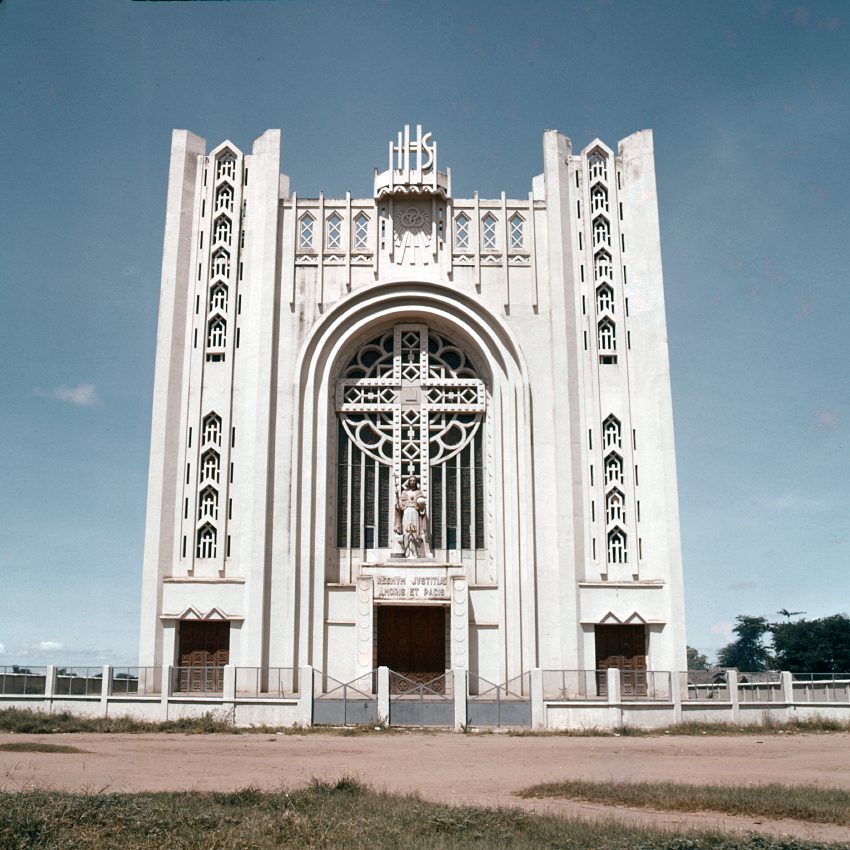


Both times he searched for clues about what was happening in the country. In the weeks that followed, the Khmer Rouge let him leave the embassy twice. Watch Ponchaud discuss the significance of the embassy gate » One of the few foreigners able to communicate with the Khmer Rouge, he spent days at the embassy gate, trying to negotiate. Ponchaud was told to stay at the French Embassy, where thousands fleeing Phnom Penh desperately sought asylum. Incredible." Watch Ponchaud describe the exodus from Phnom Penh » There were hundreds of thousands of people who were trudging along a few kilometers an hour. "Then I saw all my friends who were leaving. "As of noon, all the people started leaving," Ponchaud said.

They emptied the cities, including some 3 million in the capital, forcing all the residents into the countryside - and toward a dark future. They began to reinvent Cambodia according to an insane blueprint. On April 17, 1975, Phnom Penh fell to the Khmer Rouge.

In the capital, Phnom Penh, Washington was propping up a corrupt government.įrom the jungles, a sinister and brutal communist rebel group called the Khmer Rouge was fighting to overthrow Cambodia's U.S.-backed regime. In the countryside, the Americans were carpet-bombing Vietcong outposts. Ponchaud studied Cambodian history and Buddhism, became fluent in Khmer, made friends and immersed himself in the culture - falling in love with the country and its people.īy 1970, Cambodia was descending into chaos as the Vietnam War spilled across its borders. When he arrived at age 26, Cambodia was a peaceful place: a bucolic land of villages, peasants, rice paddies and Buddhist monks. "I was staying by the Cambodian people's side," Ponchaud said, "through the good and the sadness and the suffering." But within a decade he would become a crusader against the worst genocide since the Holocaust.


 0 kommentar(er)
0 kommentar(er)
